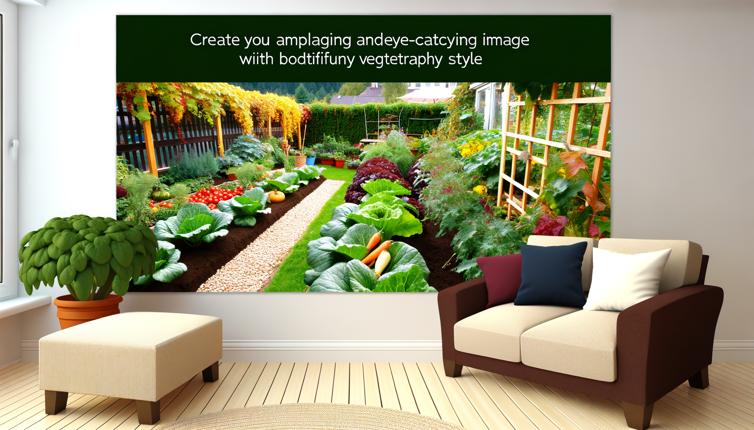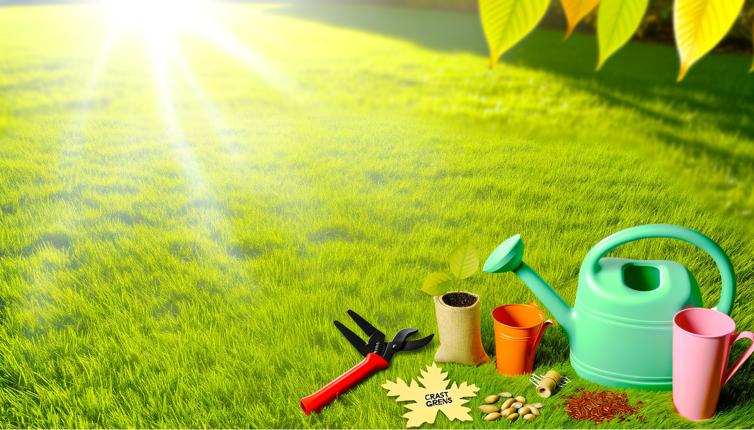Planning Your Garden
Start by selecting the right location for your garden. Choose a spot that receives at least 6 hours of direct sunlight per day and has well-drained soil.,Decide which vegetables you want to grow. Consider your climate, available space, and personal preferences. Make a list of vegetables that are suitable for your garden.,Create a planting plan and mark the locations for each vegetable. Group plants with similar water, nutrient, and sun requirements together.,Prepare your soil by removing weeds and adding compost or organic matter. Ensure that the soil is loose and well-drained.,Consider using raised beds or containers if you have limited space or poor soil quality. These alternatives provide better control over soil conditions and drainage.
Planting and Maintenance
Follow the seed packet instructions for planting depth and spacing. Some vegetables require direct sowing, while others should be started indoors and transplanted later.,Water your garden regularly, especially during dry periods. Most vegetables need about 1 inch of water per week. Water at the base of the plants to prevent diseases.,Mulch your garden to suppress weeds, conserve moisture, and maintain an even soil temperature.,Monitor your plants for pests and diseases. Take action immediately if you notice any issues. Remove affected plants or use organic pest control methods.,Fertilize your garden according to the needs of your vegetables. Use organic fertilizers or compost for a slow-release and sustainable source of nutrients.
Harvesting Your Vegetables
Harvest your vegetables when they are at their peak of ripeness. Refer to seed packets or plant labels for specific harvesting instructions.,Use sharp and clean tools to avoid damaging the plants. Prune any damaged or diseased foliage to promote plant health.,Harvest vegetables early in the morning when they are the freshest. Rinse them with water to remove any dirt or debris.,Store your harvested vegetables properly to prolong their freshness. Some vegetables can be stored in a cool and dark place, while others need to be refrigerated.,Enjoy the fruits of your labor and share your harvest with friends and family!
Conclusion
By following these tips, you are on your way to a bountiful vegetable garden. Remember to experiment and learn from your experiences. Happy gardening!








